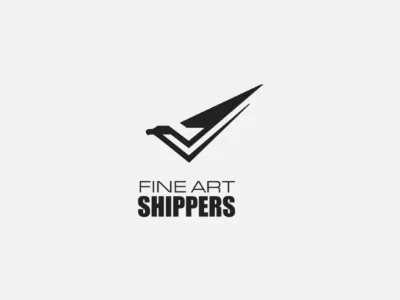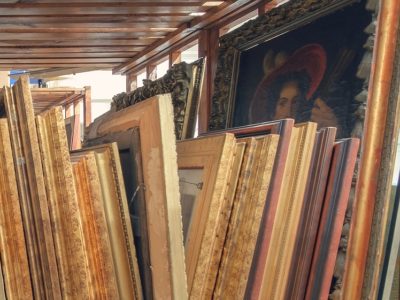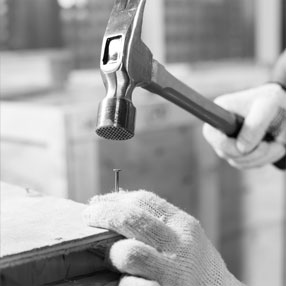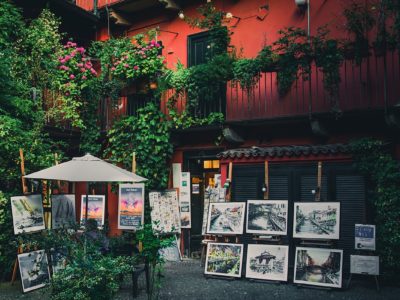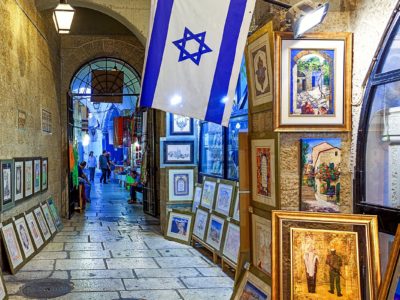Best of 2016, or How to Turn a Christmas Tree into a Creative Art Installation
The holiday season is winding down, with very little time remaining until the first day of 2017 officially closes out this wonderful time. However, it doesn’t mean that its magic ends with the last chime of midnight. After all, winter holidays are the most popular time for all types of art installation, from large art pieces in the streets to hotel and office art. It is no wonder that artists from all over the world use this perfect opportunity to show their mastery, turning ordinary Christmas trees into true masterpieces of contemporary art. See for yourself!
1. Upside-Down Christmas Tree for Tate Britain, London
Tate Britain has marked the beginning of this year’s holiday season with a festive commission in the form of an eye-catching upside-down Christmas tree hanging from the glass ceiling, with exposed roots highlighted with gold leaf. This unique art installation that focuses on the tree’s natural shape, smell, texture, color, and other qualities was created by the talented Iranian-born artist Shirazeh Houshiary.
2. Frozen Tree in King’s Cross, London
Have you ever seen a Christmas tree entrapped in a block of ice? This year, you have an excellent opportunity to enjoy it at Granary Square in King’s Cross, London. The 23-foot tall art installation was created by the British artist and designer Alex Chinneck, a true master of large sculptures and modern outdoor art. This amazing art installation titled “Fighting fire with ice cream” represents a giant Christmas tree seemingly frozen within a bespoke ‘ice cube’ made of transparent wax and resin.
3. Christmas Tree and Neapolitan Baroque Crèche, New York
Another beautiful Christmas tree can be found in one of the world’s largest and finest museums, the Metropolitan Museum of Art in New York. This festive art installation that combines the 20-foot blue spruce with 18th-century Neapolitan crèche is already a longstanding holiday tradition the Met continues every year. Adorned with charming cherubs, angels, animals, and other figures and background pieces, the magnificently lit museum’s exhibit installation creates a dramatic setting for the Nativity.
4. Charity Tree, Budapest
Budapest also has an unusual Christmas tree tradition thanks to the international educational platform in design and architecture Hello Wood. Although this organization is famous for many festive large art pieces, this particular outdoor sculpture titled the “Charity Tree” is of particular importance. The fact is that this giant art installation is made of firewood, all pieces of which are donated to families in need after the outdoor sculpture is dismantled in January.
5. Claridge’s Christmas Tree Installation, London
This fantastic art installation is probably the most discussed and argued one. Created by the influential industrial designer Marc Newson, Apple’s chief design officer Sir Jony Ive, and the British set designer Michael Howells for the London hotel Claridge’s lobby, the interactive forest art installation is designed to play with the relationship between the future and the tradition. Such an unusual mix of natural green pines and modern technologies is definitely worth seeing.
Happy New Year!
